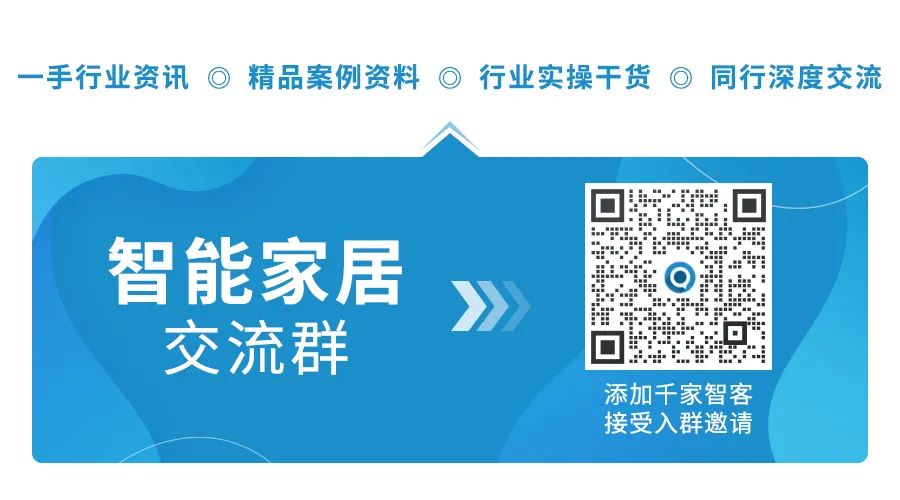
BY:Author Arjun Nagarajan

LoRaWAN is a remote wide area network protocol developed by the LoRa Alliance that connects “things” wirelessly to the Internet in regional, national, or global networks. This technology meets critical Internet of Things (IoT) requirements such as bi-directional communication, end-to-end security, mobility, and localization services. It defines the communication protocol and system architecture of the network using unlicensed spectrum in the ISM band, while the LoRa physical layer establishes remote communication links between remote sensors, beacons, and gateways connected to the network. This protocol facilitates the quick establishment of public or private IoT networks using hardware and software from any location. With LoRaWAN, end devices can connect to the network in two ways: 1. Over-the-Air Activation (OTAA): To connect to the network, devices must first establish a network key and application session key. 2. Activation By Personalization (ABP): The device key used for communication with the network is hard-coded, resulting in a less secure but simpler connection.How secure is LoRaWAN? LoRaWAN has a security layer for the network and a security layer for the application. Application layer security ensures that network operators do not have access to the end user’s application data, while network security ensures that each node in the network is legitimate. Therefore, the LoRaWAN standard provides two layers of encryption: 1. End devices and network servers exchange a 128-bit network session key. 2. At the application level, a unique 128-bit application session key (AppSKey) is shared end-to-end. Data is encrypted by the node, then re-encrypted by the LoRaWAN protocol before being transmitted to the LoRa gateway. The gateway transmits the data to the network server over a standard IP network. The network server decrypts LoRaWAN data using the network session key (NwkSkey). It then sends the data to the application server, which uses the application session key to decrypt the data (AppSKey). Encryption is then added to the LoRaWAN communication protocol. However, LoRa transmission is basic radio wave communication and cannot encrypt on its own. If a LoRaWAN device connects to the network via Over-the-Air Activation or OTAA, a 128-bit AppKey is exchanged between the device and the network. The AppKey is used to construct a Message Integrity Code (MIC) when the device sends a join request, after which the server compares the MIC with the AppKey. If the check is successful, the server generates two new 128-bit keys: the application session key (AppSkey) and the network session key (NetSkey) (NwkSkey). The AppKey is used as the encryption key to send these keys back to the device. The device decrypts and installs the two session keys upon receiving them.Advantages of LoRaWAN Technology LoRaWAN technology has many advantages, simply put:
-
It has a large coverage area measured in kilometers.
-
Operates on free frequencies without prepayment.
-
Devices have long battery life, lasting 2-5 years.
-
Non-proprietary partnerships using an open approach.
-
Extended range allows for smart city applications, but low bandwidth makes it very suitable for practical IoT installations with limited and/or variable data transmission.
-
Cheaper connection costs, wireless, and easy to set up and deploy.
-
With AES encryption, full bi-directional communication, and support from Cisco, IBM, and over 500 other members of the LoRa Alliance, it provides a layer of security for networks and applications.
Besides specific industry implementations, LoRaWAN can enable IoT in emerging countries where the high cost of 5G alternatives is prohibitive. This technology significantly reduces deployment costs due to its flexible, relatively simple design and minimal network hardware requirements, while its low energy consumption further saves operational expenses. LoRaWAN is designed to connect devices wirelessly to the Internet, making it ideal for IoT sensors, trackers, and beacons with moderate data traffic requirements and limited battery life. The inherent properties of this protocol make it an excellent candidate for widespread applications.Limitations of LoRaWAN Technology Despite many significant advantages listed above, there are still many limitations. Let’s look at some possibilities:
-
High data payloads requiring reduced latency (typically in milliseconds) and defined jitter, continuous monitoring, and hard real-time applications are incompatible with this technology.
-
As gateways are deployed in metropolitan areas, the development of LPWAN technology (especially LoRaWAN) brings coexistence issues. Open frequencies are prone to interference and have poor data rates.
The Justifiable Interest of LoRaWAN LoRaWAN technology is a new buzzword in the field of IoT. As the IoT continues to expand and become increasingly popular, understanding the security, advantages, and disadvantages of any new technology is crucial. The ability of LoRaWAN to enable IoT in situations where the high cost of 5G is prohibitive and to lower overall deployment costs undoubtedly makes it an outstanding technology. However, its other advantages and limitations must be carefully weighed against your specific use case.
